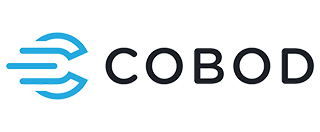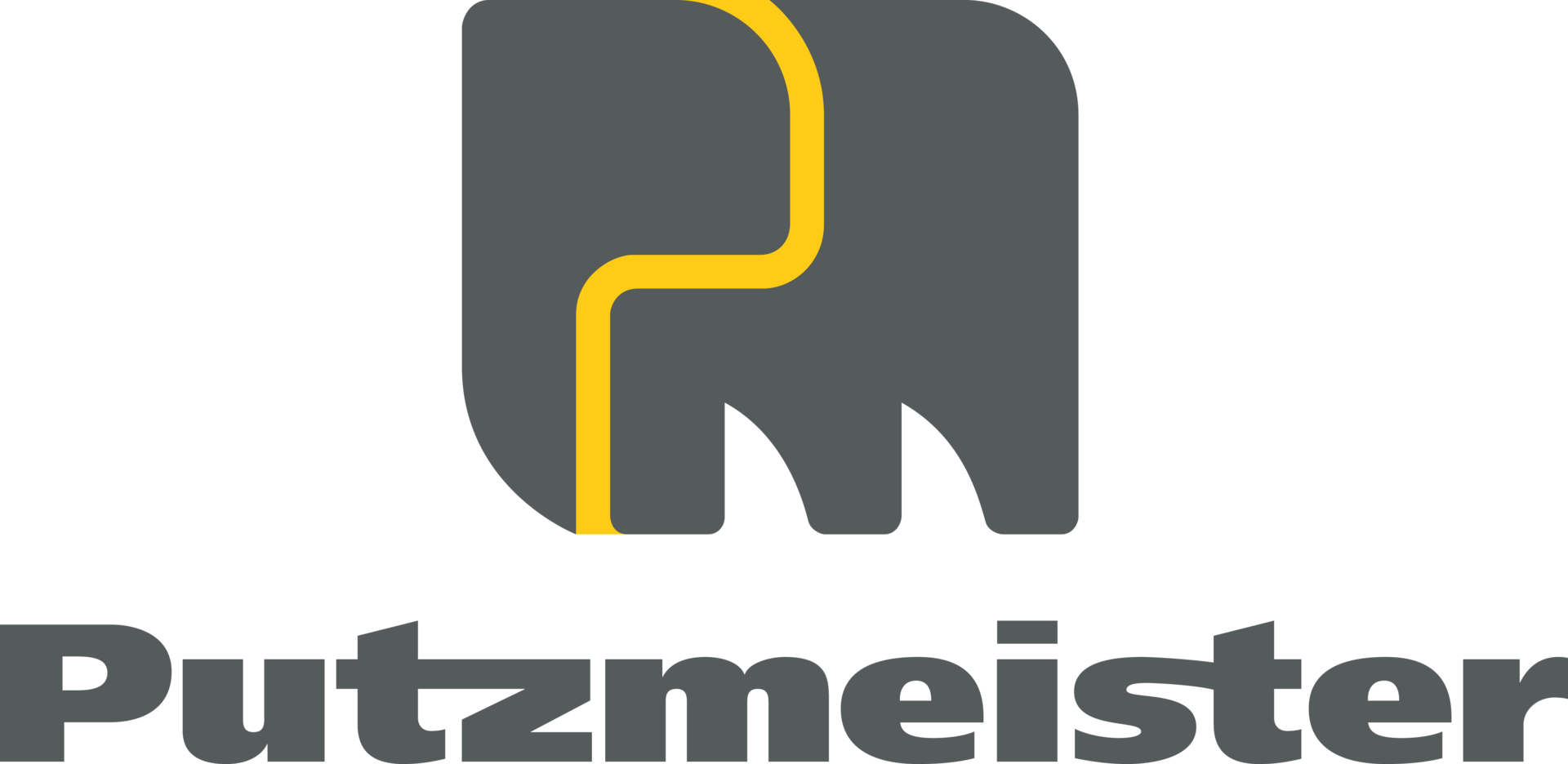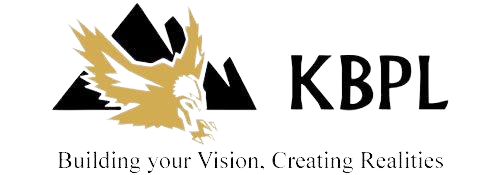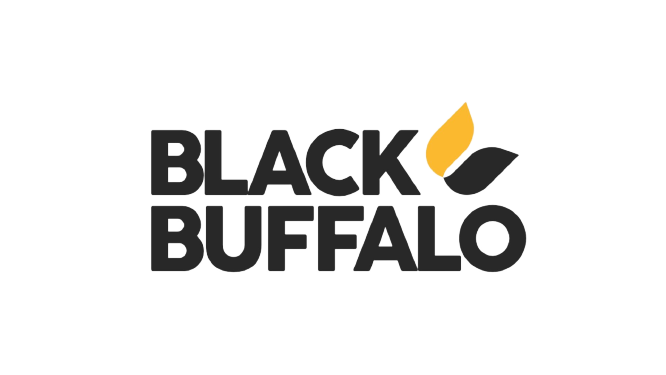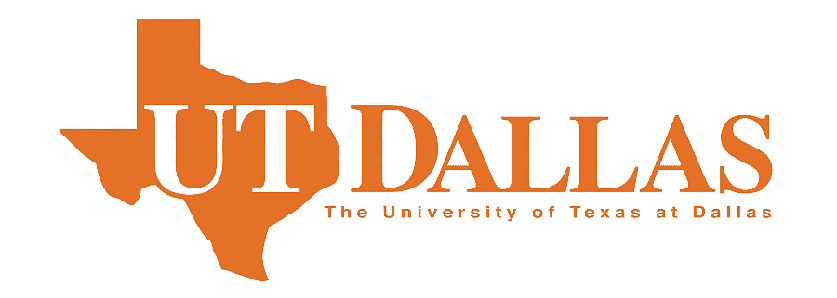Extrusion
This method creates an object by layering material through one or more nozzles mounted on a robotic arm, gantry system, or crane.
Using a CAD or BIM (Building Information Modelling) program, a 3D printer receives the information of what it needs to print, and machines begin to overlay material levels according to the indications. This can be done with various materials, the most common being a mixture of concrete, geo polymers, fiber, and sand.
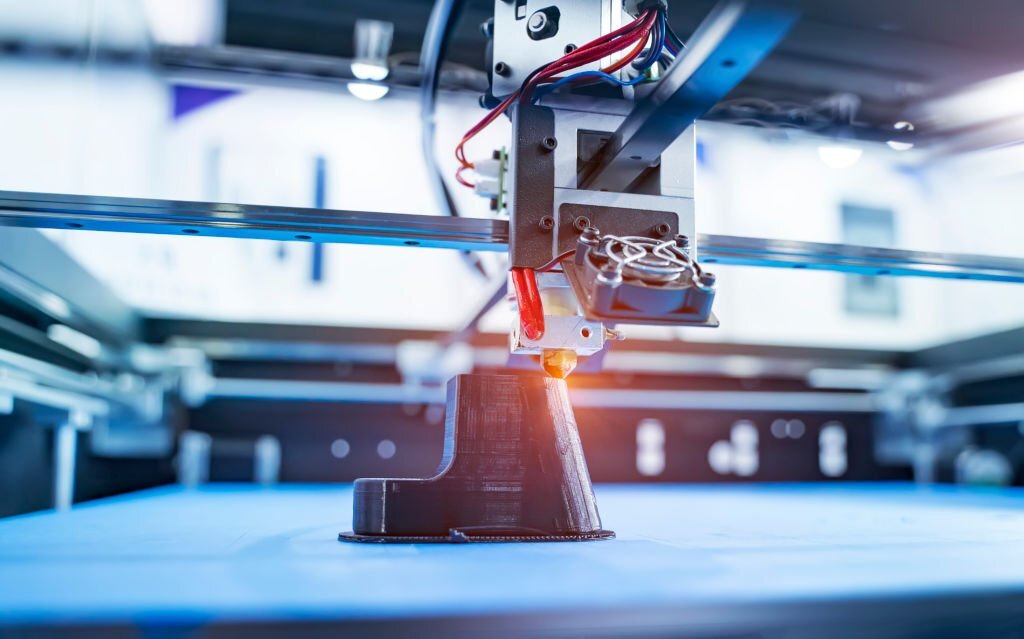
This method creates an object by layering material through one or more nozzles mounted on a robotic arm, gantry system, or crane.

The autonomous robot sprays the construction material under pressure in the desired shape and repeats the process layer by layer.
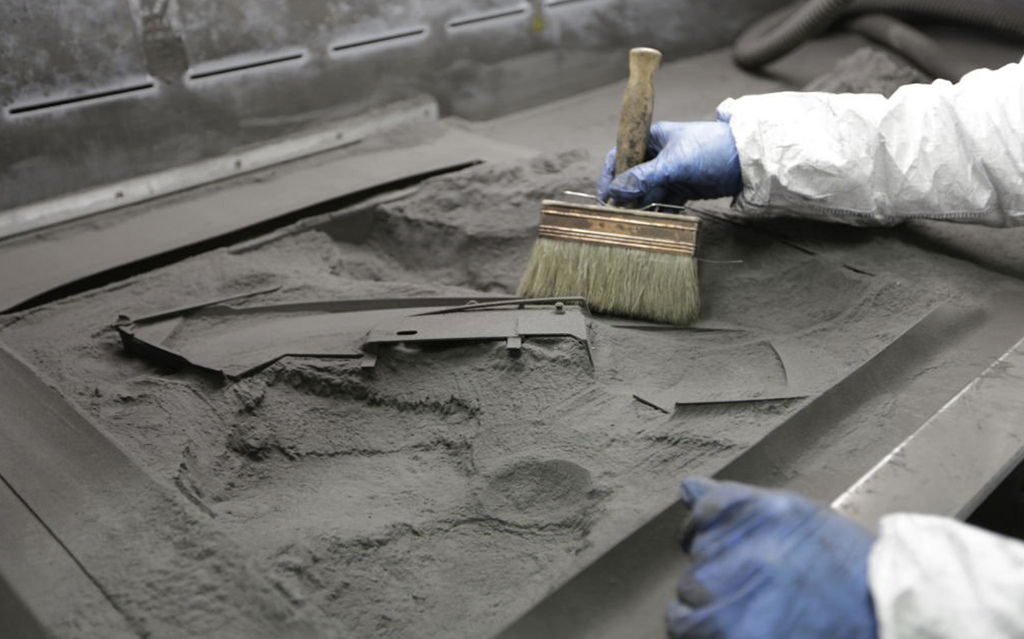
It uses powder as a raw material to form object layer by layer by either of the two processes like powder jetting and binder jetting.

Automatically controlled printer that allows freedom of movement and flexibility to schedule multiple tasks. The arm is capable of printing from multiple angles, allowing the realization of complex geometries and curves, and printing in larger sizes compared to other 3D printing methods.
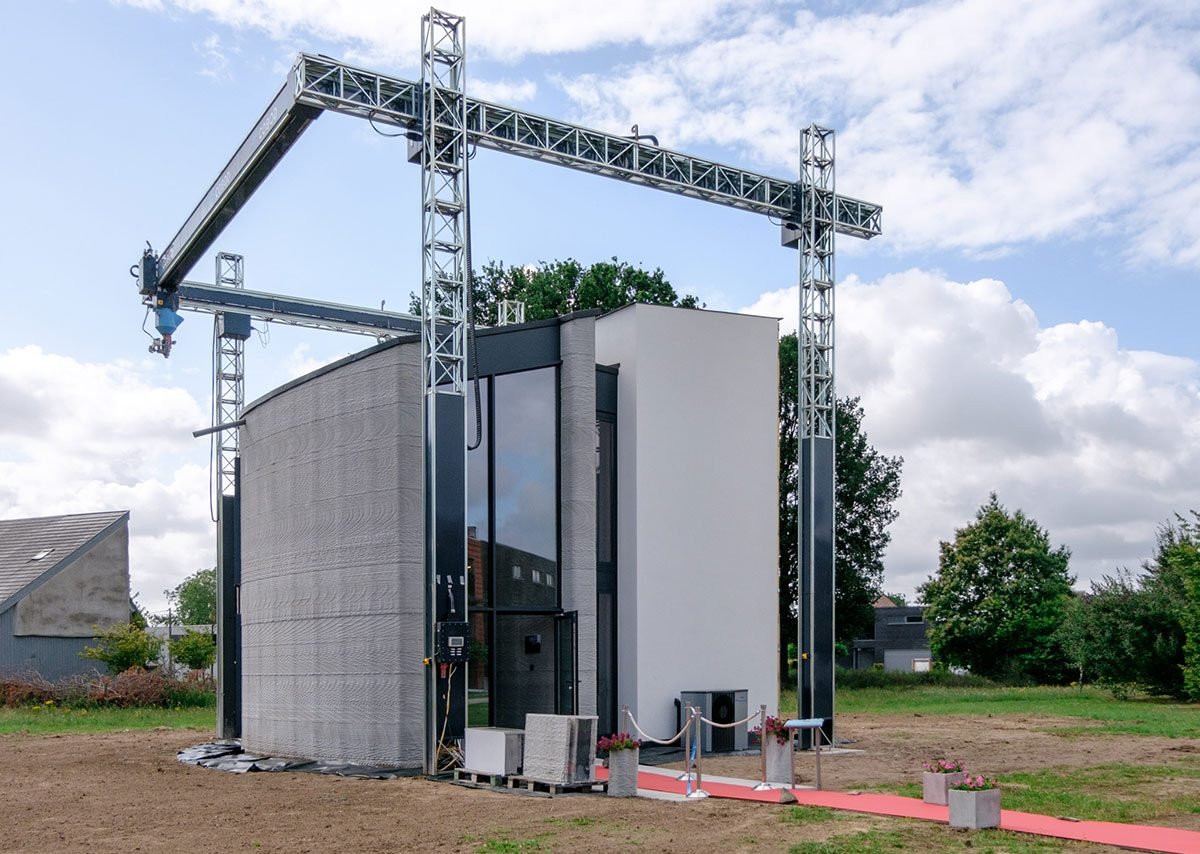
The contouring method marks the beginning of 3D printing in construction. This process deposits building material to form a 3D model and creates large-scale structures with a smooth surface finish. It works with rails placed around the floor of the building that act as a guide to direct the robotic arm in the application of the concrete layer by layer.
